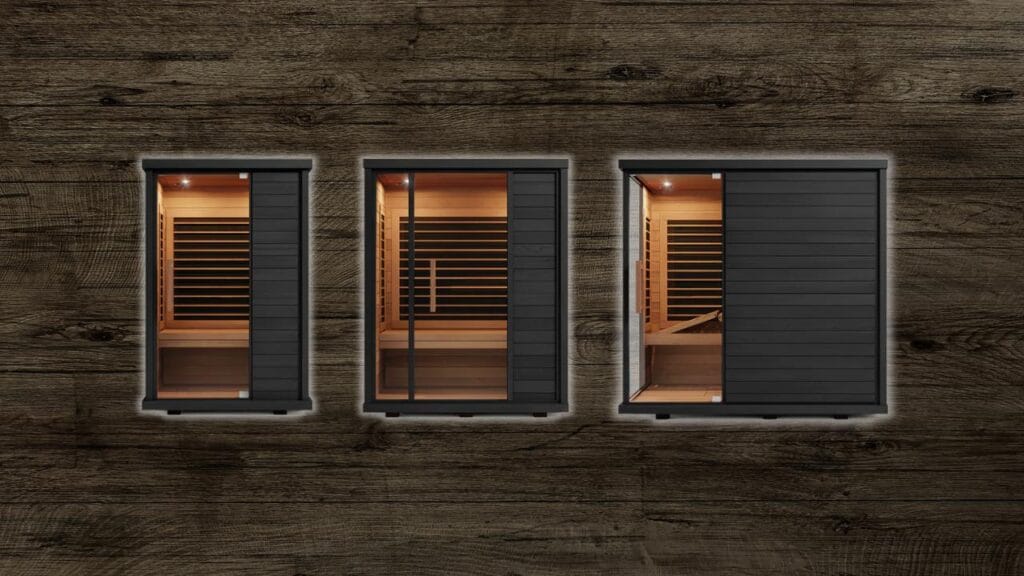Natural Ways To Heal Back Pain – 6 Best Yoga Poses
We include links to products we think are useful for our readers. If you click and buy a product through one of the affiliate links on this page, we may earn a small commission.
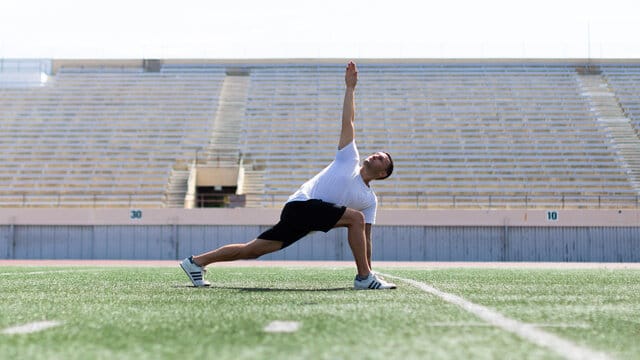
Back Pain & Yoga
Many people assume that yoga is just about stretching and meditating, and while these are significant aspects of the practice, they do not encompass its full potential, especially in alleviating lower back pain. Yoga is about getting your body into proper alignment and pairing your breath with each movement. This mindful approach can result in better balance and improved flexibility, providing a strong foundation for overall physical health.
Through a series of targeted poses and stretches, yoga helps to strengthen the core muscles that support the spine, reducing the strain on the lower back. It also promotes increased blood flow to the affected areas, aiding in the healing process and reducing inflammation. Regular practice can address the root causes of lower back pain, such as poor posture and muscle imbalances, leading to long-term relief.
Moreover, yoga’s emphasis on breath control and mindfulness contributes to maintaining a healthy and anxiety-free mind. By focusing on deep, rhythmic breathing, you can activate the parasympathetic nervous system, which promotes relaxation and stress reduction. This holistic approach not only alleviates physical discomfort but also enhances mental well-being, making yoga a powerful tool for managing both the body and mind.
A systematic review of Yoga as a treatment for chronic back pain said: “Yoga appears to be an effective and safe intervention for chronic low back pain.” And also “may have a positive effect on depression and other psychological co-morbidities.”

Back Pain & Sitting
There are many reasons why people get back pain. One of the more popularised theories is when you’re sitting in a chair for 8+ hours per day, your hip flexors tighten up and your glutes stop working. Inactive glutes and bad posture have been said to be one of the causes of back pain. A study has shown that sitting for more than half a work day in combination with physical co-exposure factors such as whole body vibration (WBV) and/or awkward postures can increase the likelihood of back pain. These factors exacerbate the negative effects of prolonged sitting, leading to discomfort and pain.
Additionally, a sedentary lifestyle can contribute to overall poor physical condition, making the back more susceptible to pain and injury. Lack of regular exercise weakens the muscles that support the spine, further increasing the risk of back problems. To mitigate these risks, it’s essential to incorporate regular movement and stretching into your daily routine, maintain proper posture, and strengthen the core muscles that support the lower back. Implementing ergonomic solutions in the workplace can also help reduce the strain on your back and promote better spinal health.
Do’s and Don’t’s from Yoga International’s Bec Spindler
Do
“Practice healthier sitting and standing postures to help strengthen the back.”
“Practice sitting tall, either in a chair or on the floor using props such as a stack of folded blankets or a yoga bolster while being mindful of maintaining the natural curve of your lumbar spine.”
Dont
“Don’t lose your natural lumbar curve. Slumping, or rounding the spine, as spending long hours in an office chair can encourage bad posture and take a toll on the back.”
“Don’t let the feet turn out when standing or walking. For many people, external rotation of the feet is both a result and a cause of shortening the piriformis (a culprit in sciatica). When this deep hip rotator is tight, the psoas (which runs from the lumbar spine to the top of the thigh) can also become tight, possibly resulting in lower back pain.”
Yoga has your back
There are very simple yoga poses that can have a profound effect on back pain and tension if they are done safely and correctly. To strengthen the back of any structure, you must balance and support the front. The same goes for your body. That is why it is very important to incorporate abdominal and back strength for good back health. In this article, we’ve focused on both strengthening poses and stretching poses. Just remember, none of this advice is medical by nature, it is only educational. You should not use this information to diagnose or treat a health problem or condition.
In this article, we’ve focused on both strengthening poses and stretching poses. Strengthening poses, such as Plank or Bridge Pose, help to build muscle endurance and stability in the core and lower back. Stretching poses, such as Child’s Pose or Cat-Cow, aim to relieve tension and increase flexibility in the spine and surrounding muscles. These complementary approaches can provide a holistic solution to managing and preventing back pain.
Just remember, none of this advice is medical by nature; it is only educational. You should not use this information to diagnose or treat a health problem or condition. Always consult with a healthcare professional before starting any new exercise regimen, especially if you have existing health issues or concerns. Ensuring that you perform these yoga poses with proper technique and guidance can maximize their benefits and minimize the risk of injury.
#1 Childs Pose (balasana)
Child’s pose is great way to take pressure off your lower back, it releases tension by elongating the spine and decompressing it by giving it a really nice lengthening stretch.
How to:
Kneel on the floor with your toes together and your knees hip-width apart.
On an exhale, lower your torso between your knees. Extend your arms alongside your torso with palms facing down. Relax your shoulders toward the ground.
Hold: 1-3 minutes, with slow, deep breaths.
PRO TIP
You can also rest your hands back by your feet with your head gently resting on the ground. This is a really nice way to relax your upper shoulders.
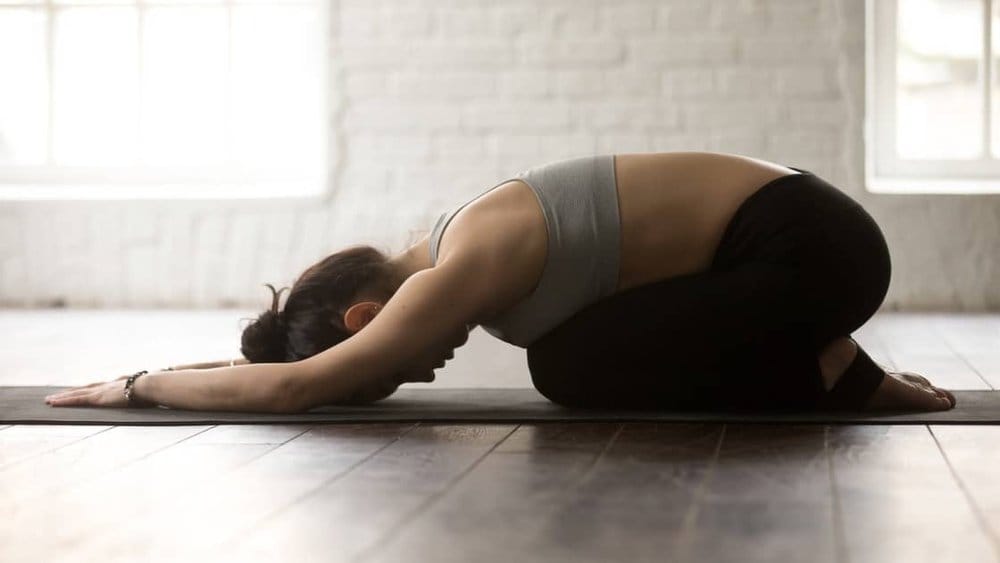
#2 Cat-Cow pose (Chakravakasana)
It has been suggested that the cat-cow can assist in chronic pain as it allows you to stretch through your upper, middle and lower back by mobilising the spine. It also feels great on your shoulders and neck.
How to:
Come on down to your hands and knees. Shoulders stacked over wrists, hips stacked over knees.
As you exhale, draw your stomach up as you arch your back up. Bring your gaze to your stomach.
As you inhale, arch your back, bringing your stomach towards your mat and your gaze up to the ceiling.
Hold: 1 minute, synchronising the breath with each movement.

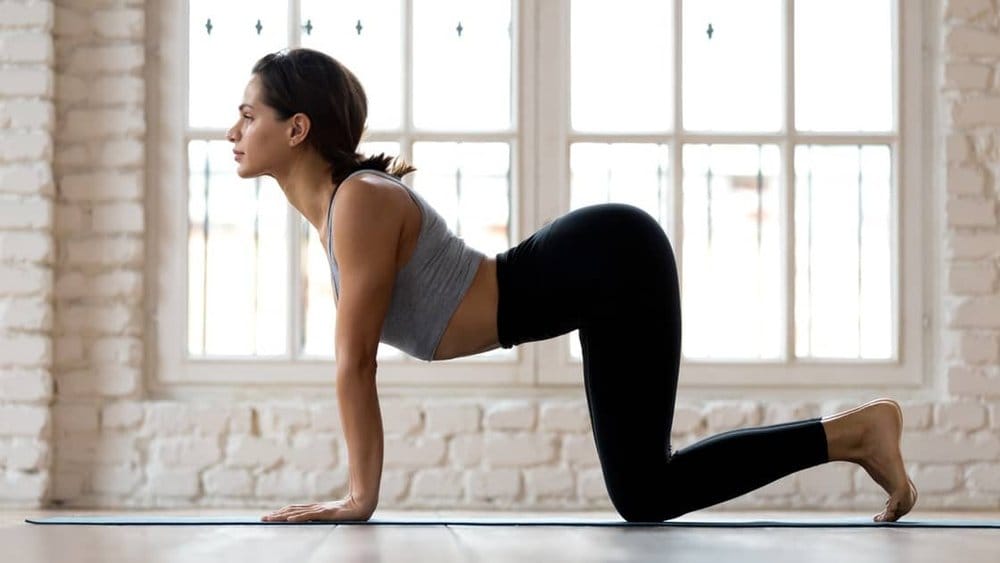
#3 Downward Dog (Adho Mukha Svanasana)
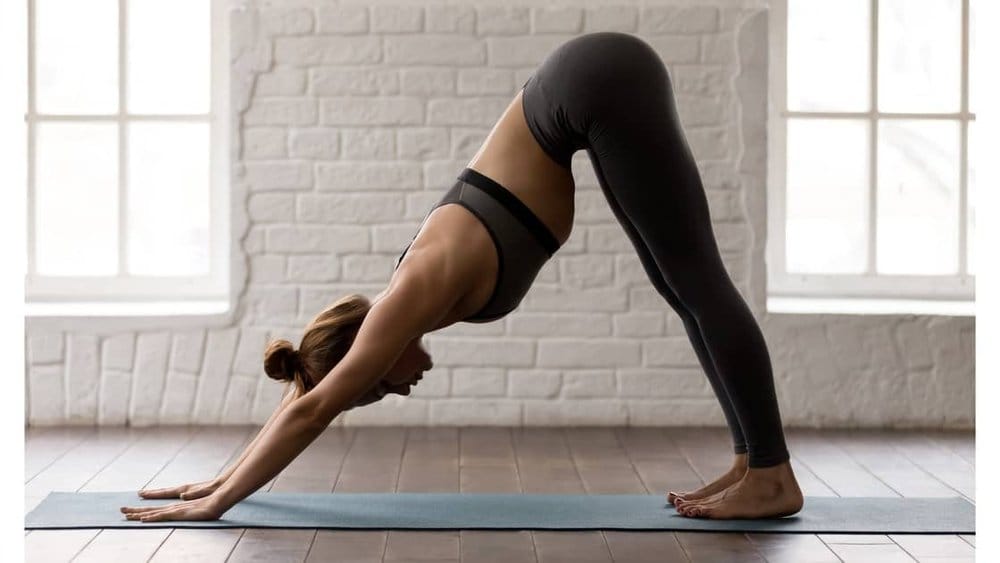
One of the core resting poses in yoga, Downward Dog offers you the opportunity to build muscles in your core, which in turn will help strengthen your abdominal muscles, providing support and space to the lower back. This pose is both invigorating and rejuvenating as it allows you to stretch and strengthen simultaneously. By engaging your core and lengthening your spine, Downward Dog helps to alleviate tension in the lower back while promoting overall body strength and flexibility.
It is really important that this pose is practiced correctly to maximize its benefits and prevent injury. Begin on your hands and knees, with your wrists aligned under your shoulders and your knees under your hips. Spread your fingers wide and press firmly into the ground, distributing your weight evenly across your hands. As you tuck your toes under, lift your hips toward the ceiling, forming an inverted V-shape with your body. Keep your knees slightly bent if your hamstrings are tight, and focus on lengthening your spine by pressing your chest toward your thighs.
Ensure that your shoulders are away from your ears, and your neck is relaxed. Engage your abdominal muscles to support your lower back, and hold the pose for several breaths, deepening the stretch with each exhale. If you experience any discomfort or strain, adjust your position or come out of the pose gradually.
Practicing Downward Dog regularly can contribute significantly to core strength, improved posture, and reduced back pain, making it an essential component of any yoga routine aimed at promoting back health.
How to:
Start on all fours. Wrists inline with shoulders and toes tucked.
On your exhale, push your hips up and back, straightening your legs.
Engage you arms, while keeping in mind to keep your shoulders away from your ears.
Engage your core and legs, lifting up through your kneecaps.
Keep the knees slightly bent and slowly try to press through your heels.
Hold: 1-3 minutes slow, deep breathes.
Watch The Biggest Errors in Downward Dog And How To Fix It
#4 Sphinx Pose (Salamba Bhujangasana)
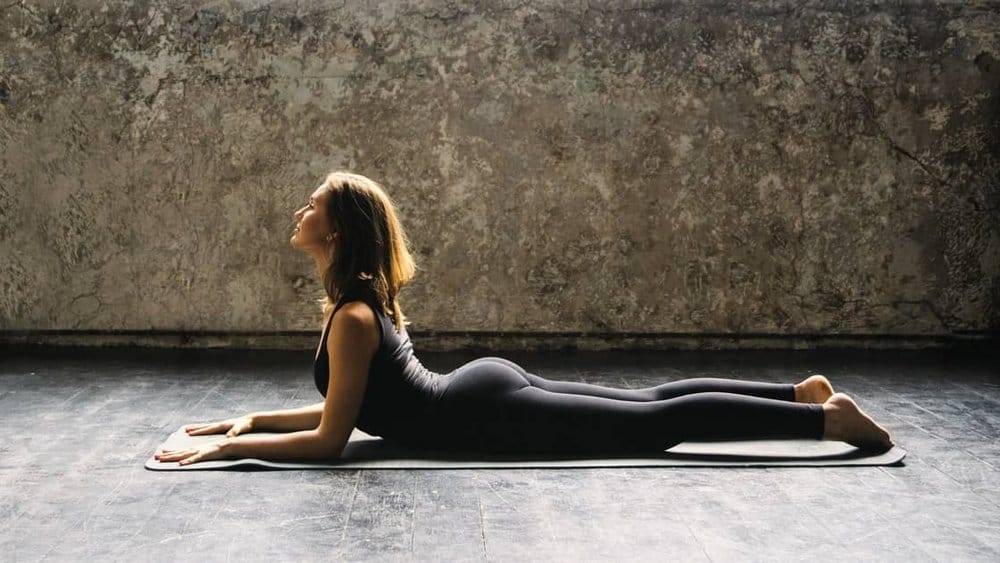
As the name suggests this pose creates a nice natural and gentle curve of the lower back – looking like a sphinx. Whilst this pose might look like it is mostly stretching, you’re also engaging your abs which is helpful to ease lower back pain.
How to:
Come down flat on your stomach and walk your hands under your shoulders, keeping your elbows tight next to your ribs.
Squeeze your shoulder blades together and open up through your collarbone.
Press into your palms and the tops of your feet as you lift your chest up off the mat.
Hold: 30 seconds, deep breathes.
#5 Half Pigeon Pose (Ardha Kapotasana)

We can’t neglect the hips. Tight hips can be a big contributor to lower back pain. Half pigeon pose stretches the outer and posterior hips — especially glutes and the six external rotators that live under gluteous max. It also lengthens the hip flexors, to release any hidden tension that might be contributing to that back pain.
How to:
Start in tabletop position, draw your right knee to rest directly behind your right wrist and extend your left leg out long behind you.
Point your left toes towards the back of your space
Work to bring your right shin somewhat parallel to the top edge of your mat. Keep your right foot fairly flexed to protect your right knee
Exhale, walk your hands out in front of you and come to rest your forehead onto the ground, a block, or your forearms
To release, walk your upper body back up so that your shoulders rest over your hip. Press back or tabletop, and then repeat on the left side.
Hold: 2 minutes each leg, deep breathes.
#6 Happy Baby (ananda balasana)

If you want to relieve tension in the lower back and hips, Happy Baby is a great choice. This is another helpful pose for stretching and opening up the inner thighs, hips and groin. It also realigns the spine as you are lying flat against the ground.
How to:
Lie on your back with your knees bent into your chest. Take hold of the inside/outside of your feet.
Open your knees wider than your torso and bring them towards the floor next to the armpits. Place your ankles directly over your knees (90° angle).
Flex through your heels, gently pushing your feet into your hands, pulling the hands down to create resistance. Extend your spine by lengthening your tailbone and draw your belly slightly in.
Maintain the length in the back of your neck.
Hold: 1 minute, deep breathes.
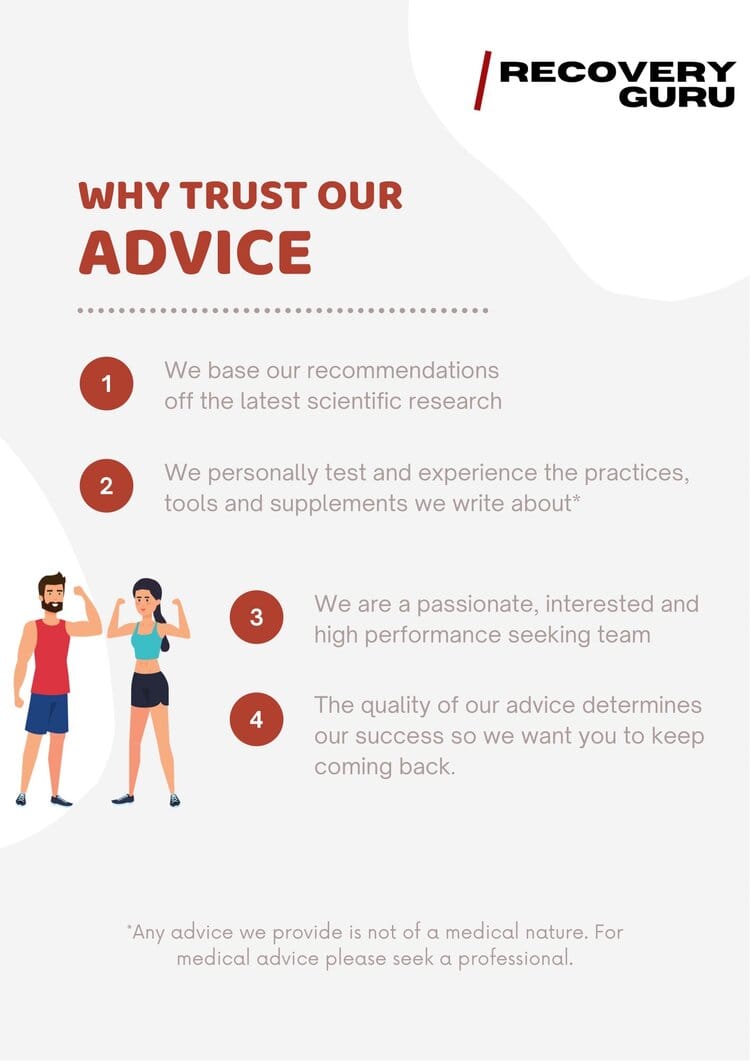

Infraredi Slim Lite vs Flex Mini: Which is Better?

Infraredi Slim Lite vs Flex Mini: Which is Better?

Infraredi Slim Lite vs Flex Mini: Which is Better?

Infraredi Slim Lite vs Flex Mini: Which is Better?

Infraredi Slim Lite vs Flex Mini: Which is Better?

Infraredi Slim Lite vs Flex Mini: Which is Better?

Infraredi Slim Lite vs Flex Mini: Which is Better?

Infraredi Slim Lite vs Flex Mini: Which is Better?

Infraredi Slim Lite vs Flex Mini: Which is Better?
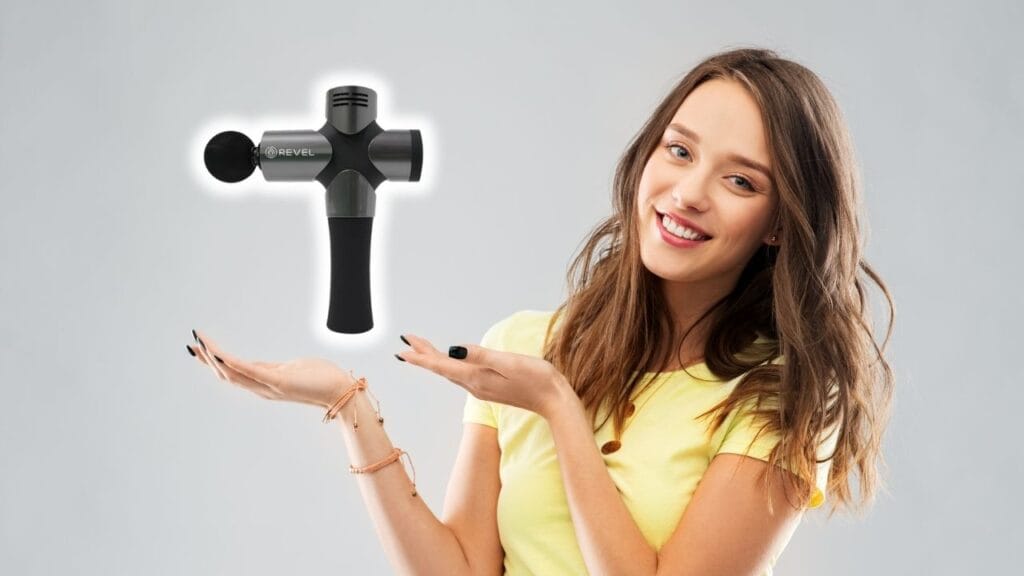
Infraredi Slim Lite vs Flex Mini: Which is Better?

Infraredi Slim Lite vs Flex Mini: Which is Better?
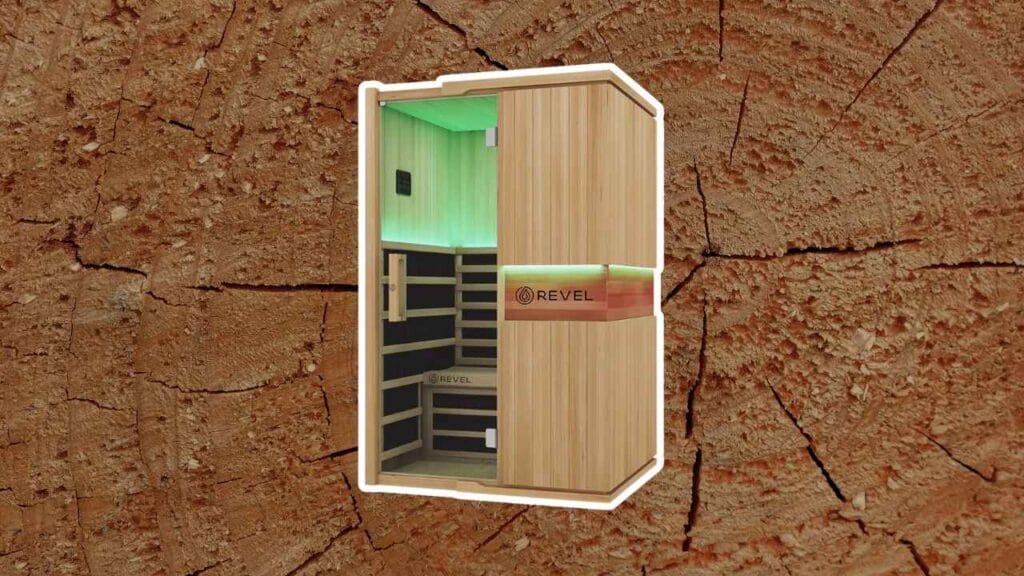
Infraredi Slim Lite vs Flex Mini: Which is Better?

Infraredi Slim Lite vs Flex Mini: Which is Better?

Infraredi Slim Lite vs Flex Mini: Which is Better?

Infraredi Slim Lite vs Flex Mini: Which is Better?

Infraredi Slim Lite vs Flex Mini: Which is Better?

Infraredi Slim Lite vs Flex Mini: Which is Better?

Infraredi Slim Lite vs Flex Mini: Which is Better?

Infraredi Slim Lite vs Flex Mini: Which is Better?

Infraredi Slim Lite vs Flex Mini: Which is Better?

Infraredi Slim Lite vs Flex Mini: Which is Better?

Infraredi Slim Lite vs Flex Mini: Which is Better?

Infraredi Slim Lite vs Flex Mini: Which is Better?

Infraredi Slim Lite vs Flex Mini: Which is Better?

Infraredi Slim Lite vs Flex Mini: Which is Better?

Infraredi Slim Lite vs Flex Mini: Which is Better?
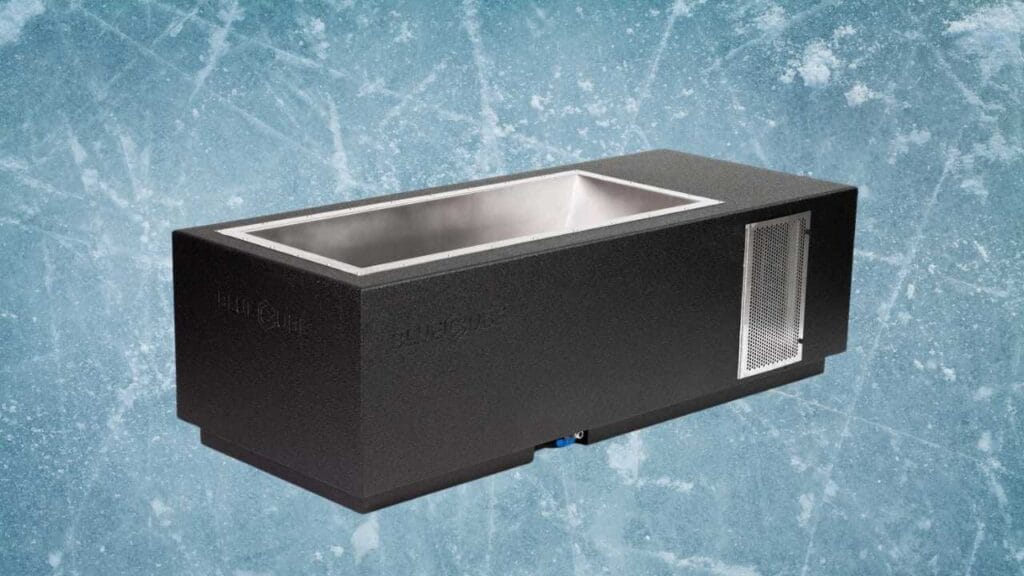
Infraredi Slim Lite vs Flex Mini: Which is Better?

Infraredi Slim Lite vs Flex Mini: Which is Better?

Infraredi Slim Lite vs Flex Mini: Which is Better?
